GTFO preview - don’t let the dumb name put you off, this is a clever, hardcore co-op experience
It’s dark. Suddenly you’re trapped in a Matrix-esque pod, deeply disturbing but uncannily organic.
You’re thrust forward. Three other encasings like yours meet in the centre of a labyrinthine facility, and, all at once, you’re plummeted into the darkest recesses of The Complex — the Warden has a task for you.
GTFO is a survival co-op game that caters to a hardcore community. “Several of us come from backgrounds developing co-op games, but with GTFO we wanted to pull it up a notch,” developer Svante Vinternatt tells me.
Vinternatt explains that many co-op games allow players to venture off on their own without repercussion: you’re on a team because the game tells you that you are, not because you have to work alongside one another to survive. GTFO, however, prides itself on its correction of this. “If you don't play together, communicate what you do, share your resources and strategize... you will die,” Vinternatt says. According to him, only about 1.25% of players finished the alpha.
I experience this phenomenon firsthand at Unity’s Copenhagen office. Playing on a team of four, I instantly and impulsively bludgeon an enemy with my trusty sledgehammer, but not quite to death. This is a grossly miscalculated move. In GTFO, stealth is almost always preferable to entering a fight guns blazing. You’ve also got barely any ammo: if you’re forced to spend a full clip because you aggro a potentially innocuous horde, you’ll be worse for wear the next time you find yourself in a pinch. It’s a gun game that says, “this is a gun, but you might be better off not shooting it, idiot.”
Aesthetically similar to Clickers from The Last of Us, enemies tend to be asleep before you approach them. While in this state, they enter detection mode, where they puff out their incandescent chests and emit a sort of keening sound. Once you see or hear this you must immediately stop dead in your tracks: as you make your slow approach, crouched and creeping, you have to move only when the enemy isn’t currently detecting.
At the end of your stealthy trajectory is the monster itself, no longer capable of knowing how close it is to death by your valiant hand. At this point, you need to charge up your melee weapon until it’s at the peak of its power and relentlessly hammer down on your unsuspecting foe’s vulnerable crown. At one point, all four of us sneak up on a group of four enemies and execute this action simultaneously: we cheer for exploding brains in perfect harmony.
My less-than-ideal hit from earlier, however, merely irritates the creature. As it lets out a petrifying shriek, my team and I quickly realise we’re in trouble. Although we had taken care to prepare for such a mishap, leaving a clear line of retreat to a room laden with devastating mines and sentry guns, the alien creepy crawlies are too quick, too vicious. One team member goes down, another straight after. It’s just me and one other unfortunate prisoner, separated from one another by an entire floor and without a single clip of ammo to spare between us. He goes down — I’m the sole survivor, having indirectly murdered my pals by being stupid and thinking I could take them on my own.
I run laps of the complex but can’t take in the layout. All I can see are the same intimidatingly industrial walls, as red lights shine down upon me in a way so sinister it seems to foreshadow my imminent death. Shortly afterwards the horde arrives: I don’t see who kills me, but I can’t help imagining it’s the one I unceremoniously clobbered at the beginning of the skirmish. We fail this mission, but in GTFO, there are always more perilous tasks to undertake. Note to self: sledgehammers don’t always have to be swung.
Fortunately I have a much better idea as to what I have to do now, and feel drastically more acquainted with the world itself. It shares a remarkably similar aesthetic background to the likes of Metro — although instead of train tunnels and makeshift ration dispensaries, it’s prison corridors and blast doors. “It’s hard to deny that many of us grew up with the Alien franchise,” Vinternatt says. By the looks of the abominations running rampant within the prison walls, the influence is fairly clear.
In the next match our mission is to retrieve 12 ID cards randomly dispersed across a massive incarceration facility. The areas are split into zones, and to find out which ones contain ID cards, we need to find a terminal, which we can use to infiltrate the base’s systemic backup.
This time around we’re much more organized. I’m on bioscanner duty, which means I’ve eschewed my mine dispenser for a gadget that detects nearby life by heat, or sound, or something else — I’m afraid if I question the science of it I’ll s**t myself. These are just two of four tools in GTFO — alongside your melee weapon, you choose a utility tool (bioscanner, mine dispenser, C-foam dispenser, or sentry gun) and two weapons. The weapons each have their own niches, but all come with a tradeoff. The shotgun, for example, is devastating at close range, but has barely any ammo. The SMG has a higher bullet count, but is useless unless you’re point blank and as accurate as Keanu Reeves.
After rummaging through storage lockers and gunning down an army of hostile horrors, we nick the 12th ID card and leg it back to the evacuation point. Mission complete, we redeem ourselves to the Warden we failed on our last adventure. “Ready for another one?” Vinternatt asks. Although my shoulders sink — I hadn’t even noticed they were clenched — I’m ready to dive back in and subject myself to the same tension and horror all over again. Nuclear reactor this time. Disarm it and get out of there. Easy peasy.
Not so easy peasy. The aliens here are a lot bigger — even if all four of us sneak up on one of these behemoths and bludgeon it simultaneously it won’t die. At one point I find myself weaving between three of them, keeping an eye on their glowing thoraxes, before ending up at a dead end and thinking, “bollocks, only one way back, isn’t there?” By the time I reach a wall with nothing behind it and find my way back to the others, they’ve already gone and found the reactor. I have to redeem myself, so naturally I barge through to the frontlines and pick off a few stragglers. I feel very important because I did the shootybangs.
The mission design for the reactor level is excellent. Essentially you’ve got to hole up in the control room until the terminal starts spewing four-character codes at you. However, in the interim between each code you’ve got to face off against hordes of hellions hurtling headlong towards you, hellbent on having your brains for dinner. As soon as the code comes, one person from your team of four has to leg it back to the control room a la Usain Bolt while the other three hold the horde off. Input the code, kill the aliens, finish the wave — there are eight waves — and boom, one step closer to another successful mission and another happy Warden.
At wave six the game hits an unexpected bug. The enemies stop spawning, which nets us an easy, but unearned win. Vinternatt is on hand — he’s on my team and has been cleaning up with a sniper the whole time — and can pick out exactly what caused this to happen. “It’s a good catch,” he says. Despite the bug, the level is impressive. However, Vinternatt explains that the dev team has made this even harder on the latest build. Just when I thought I was getting the hang of it I’m told, “nope, it’s harder now, you’ll have to be even better next time, and you won’t have two free waves at the end to knock about the map twiddling your thumbs”.
As I finish up my session, I consider how far GTFO has come. When 10 Chambers Collective started work on the game, it anticipated a two-year dev cycle. Four and a half years later, it’s finally ready to launch in early access. Developer Ludvig Vikström fondly recalls previous hands-on sessions with prospective players: “Playing the game with all the people at E3 was magical,” he says. “It was more or less the first time we did anything external, and seeing and experiencing their reactions first hand while they got destroyed in The Complex was an unforgettable experience.”
“It’s a hardcore game, but our community is soft and kind,” Vinternatt adds, referencing the fans the game has built up while touring trade shows. “Even though the game isn’t released yet, we already have a vibrant and helpful community — an official Discord server with over 78,000 members. As we don’t have matchmaking or voice comms in the game, this is a great tool for finding teammates and communicating.”
Matchmaking is coming in the future, but the developer is trying to figure out how to do it in an appropriate way for such a team-based experience. And, after four and a half years of work, it’s clear that 10 Chambers has maintained that exact mantra throughout development: “we just need to do it the GTFO way.”
GTFO is available on Steam now.
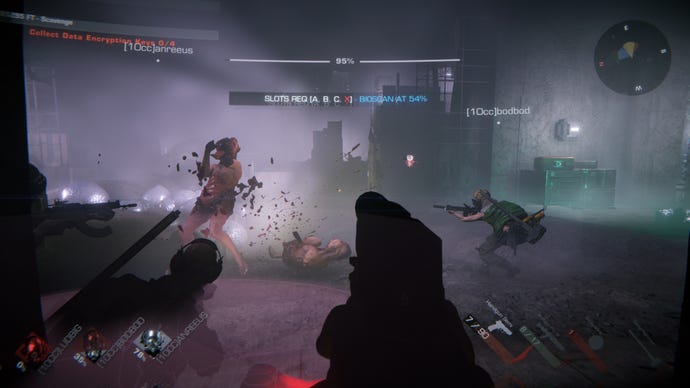

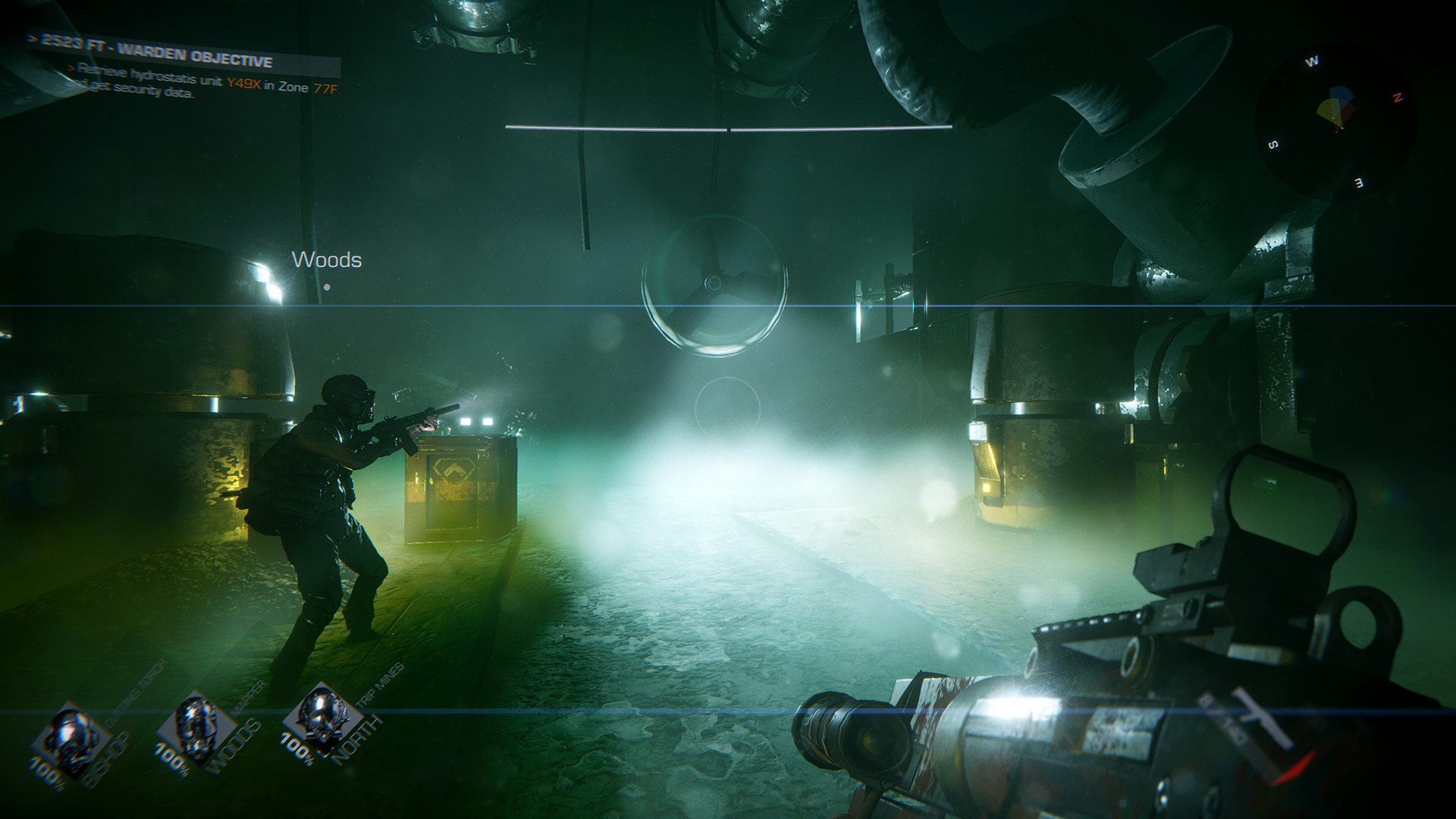
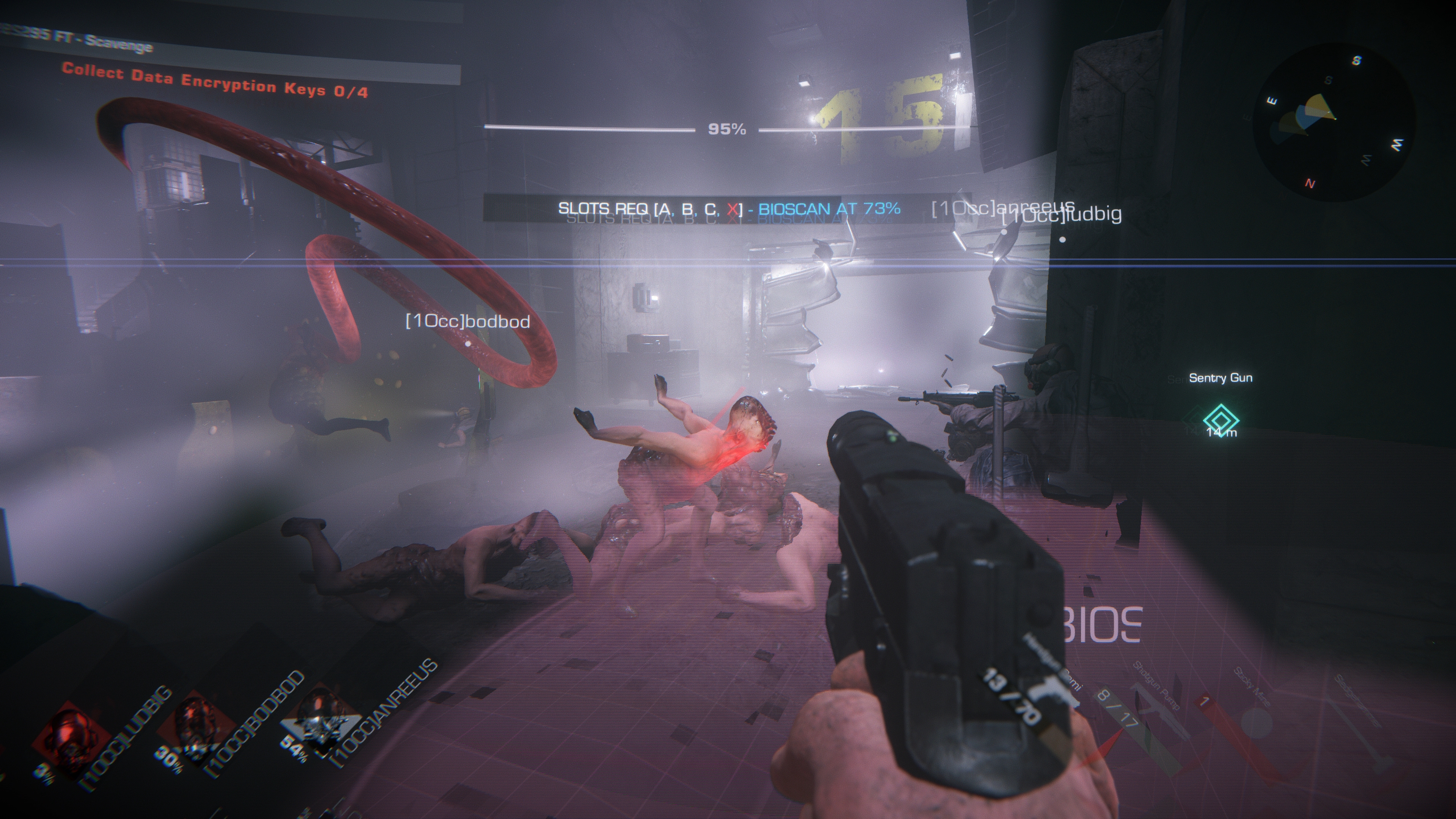

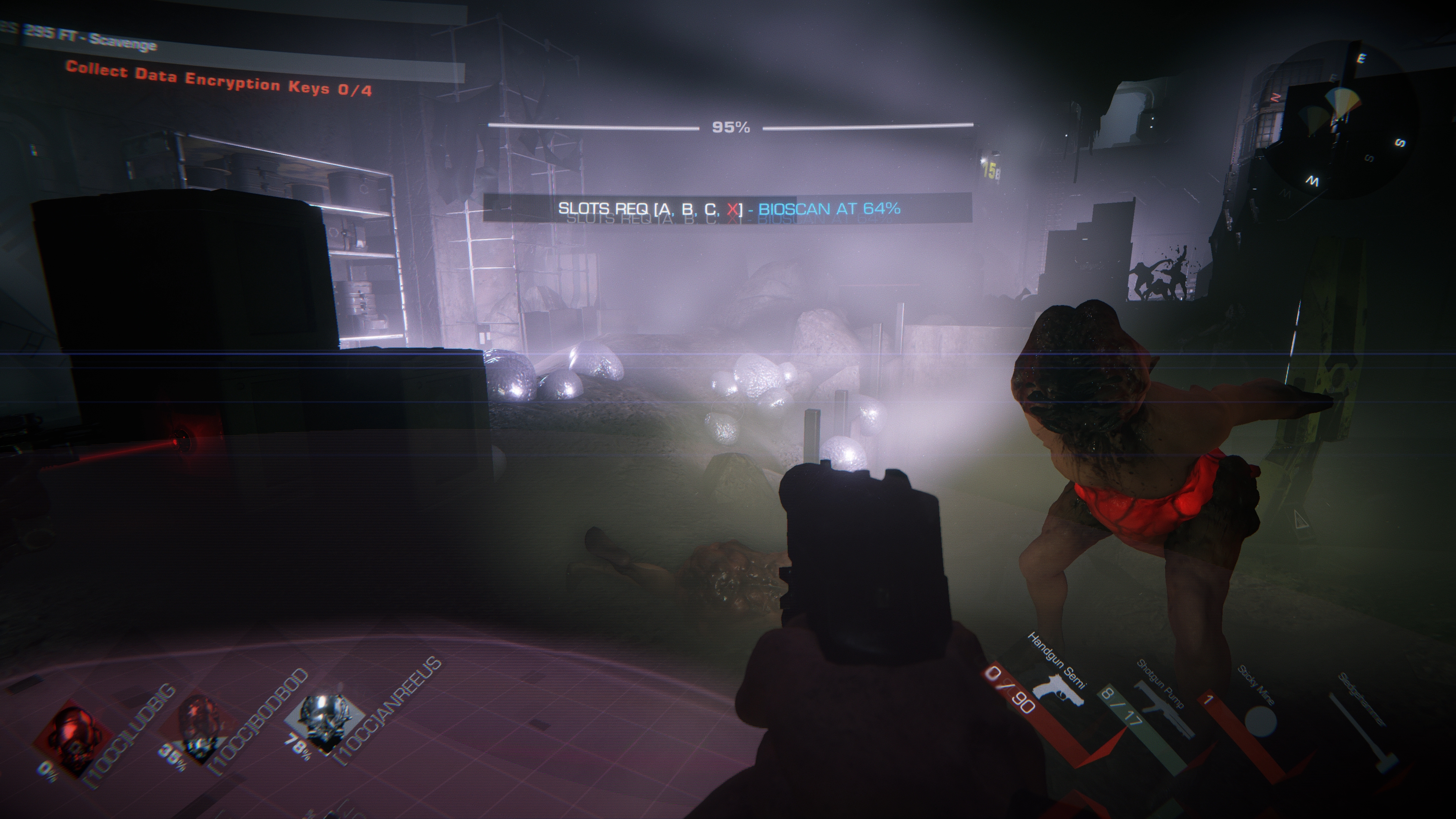


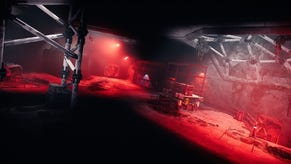



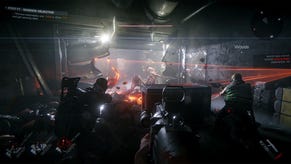
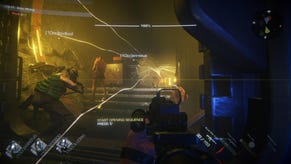
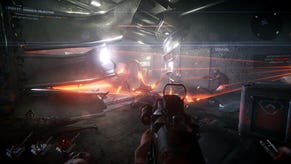




_ddwYK80.png?width=291&height=164&fit=crop&quality=80&format=jpg&auto=webp)


